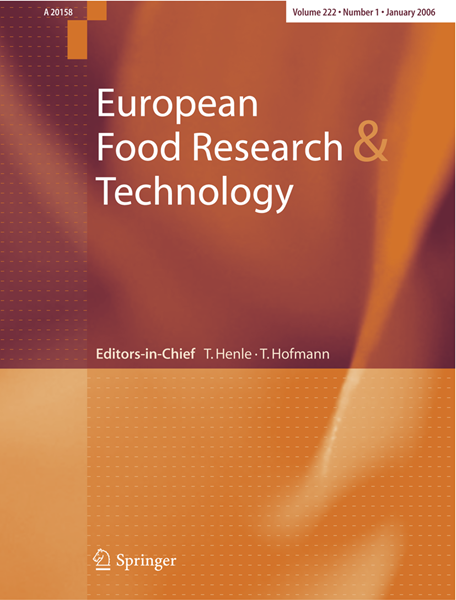Whey and post-frying oil as substrates in the process of microbial lipids obtaining: a value-added product with nutritional benefits
Abstract
Yarrowia lipolytica has found many biotechnological applications. The species has a number of regulatory mechanisms to maintain cellular homeostasis, enabling biomass growth in complex media. The aim of this study was to evaluate the use of Y. lipolytica yeast as a platform for the simultaneous management of several industrial by-products and the production of microbial lipids with application potential in the chemical and food industries. Batch cultures of KKP 379 strain were conducted in media with post-frying rapeseed oil (PFO) and a by-product of curd cheese production—acid whey. To evaluate the potential of Yarrowia as a nutraceutical, quantitative and qualitative analyses of microbial sterols were carried out along with an assessment of the biomass mineral composition. It was indicated that the composition and content of sterols varied depending on the phase of cell growth in batch culture. During culture in medium with 20% (v/v) whey and 50 g/L PFO, the cellular lipid content reached 39% (w/w). The highest amount of sterols per dry biomass (7.38 mg/g) and cellular lipids (21.08 mg/g) was recorded after 38 h of culture. The dominant was ergosterol 12.10 mg/g (57%). In addition, the composition of carbon and nitrogen sources in the medium affected the content of selected elements in biomass, indicating that substrate modification can be a tool for manipulating the composition of yeast cells. The results of the study showed that the selection of waste substrates is an important factor in regulation of the cellular lipid accumulation efficiency, as well as the content of certain sterols.

 求助内容:
求助内容: 应助结果提醒方式:
应助结果提醒方式:


